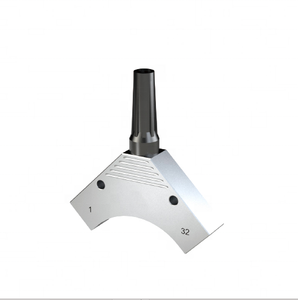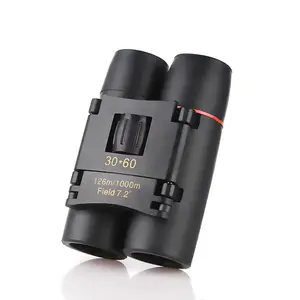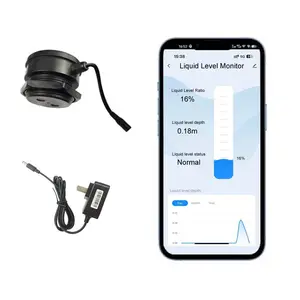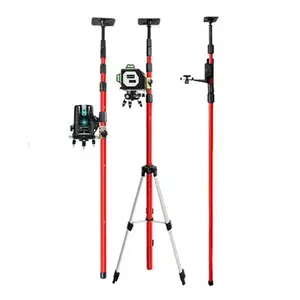Popular in your industry





































About composite ndt
Understanding Composite NDT
Non-Destructive Testing (NDT) is an essential category within the field of material testing, where composite NDT stands out for its specialized application in evaluating the integrity of composite materials without causing damage. This technique is pivotal for industries where material failure can lead to significant safety hazards, such as aerospace, automotive, and construction.
Types and Applications of Composite NDT
Composite materials are known for their strength-to-weight ratio and durability. To ensure their integrity, various NDT methods for composites are employed. Ultrasonic testing, radiography, and thermography are among the common types, each serving different applications. Ultrasonic testing is widely used in aerospace for detecting delaminations, while radiography is preferred for its ability to visualize internal structures. Thermography is sought after in automotive applications for its quick identification of defects.
Features and Materials in Composite NDT
The features of composite NDT equipment vary, with some designed for portability and on-site application, while others are more suited for laboratory settings. The materials tested range from carbon fiber composites to glass-reinforced plastics, each requiring a specific NDT approach to accurately assess their condition.
Advantages of Composite NDT
The advantages of employing composite NDT techniques are manifold. They offer a non-invasive means to assure quality and safety, prolong the lifespan of components by detecting early signs of wear or damage, and save costs associated with material failures. Moreover, the data acquired from these tests contribute to the research and development of new composite materials.
Selection Criteria for Composite NDT
When selecting composite NDT solutions, factors such as the type of composite material, the expected form of potential defects, and the environment in which the material is used are crucial. It is important to choose the appropriate method that aligns with the specific testing requirements of the application at hand.
Integrating Composite NDT in Quality Assurance
Incorporating composite NDT processes into a quality assurance program can significantly enhance the reliability of composite materials. It is a critical step in the manufacturing and maintenance phases, ensuring that each product meets stringent safety and performance standards.


















